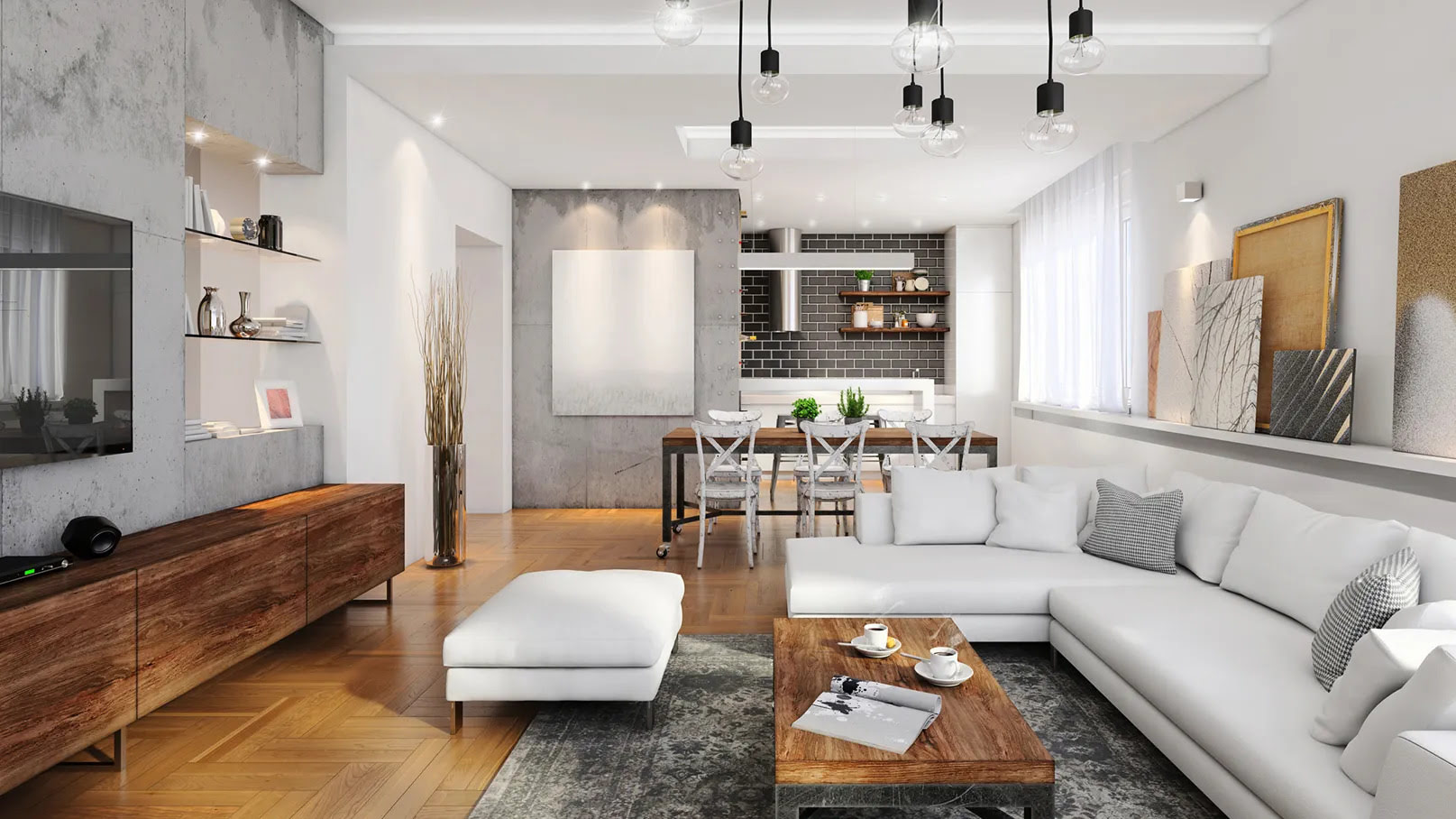

Articles
What Light Bulb For Living Room
Modified: January 6, 2024
Looking for articles on what light bulb to use in your living room? Discover the best light bulbs for optimal illumination and ambiance in your living space.
(Many of the links in this article redirect to a specific reviewed product. Your purchase of these products through affiliate links helps to generate commission for Storables.com, at no extra cost. Learn more)
Introduction
Choosing the right light bulbs for your living room can have a significant impact on the ambiance and functionality of the space. Whether you’re looking to create a cozy and relaxing atmosphere or need sufficient lighting for various activities, it’s important to consider several factors before making a decision. In this article, we will explore the different types of light bulbs available and discuss the key factors to consider when selecting the perfect light bulb for your living room.
Lighting plays a crucial role in setting the mood and creating the desired atmosphere in any room. The living room is often the central hub of the home where families gather, entertain guests, and engage in various activities. Therefore, choosing the right light bulbs is essential to ensure that the room is adequately illuminated while also reflecting your personal style and preferences.
When selecting light bulbs for your living room, there are several factors to consider. These include the type of bulb, color temperature and brightness, energy efficiency, compatibility with fixtures and dimmers, longevity, lifespan, and cost considerations. Each factor plays a role in determining the overall performance and suitability of the light bulbs.
By understanding the characteristics of different light bulb options and considering these factors, you can make an informed choice that will meet your lighting needs and enhance the overall ambiance of your living room. Let’s dive deeper into each aspect of light bulb selection to help you make the best decision.
Key Takeaways:
- Choose LED bulbs for energy efficiency, long lifespan, and versatile lighting options, ensuring a cost-effective and environmentally friendly lighting solution for your living room.
- Consider color temperature, brightness, and compatibility with fixtures and dimmers to create the perfect ambiance and functionality in your living room while minimizing energy consumption and maintenance costs.
Factors to Consider when Choosing Light Bulbs for the Living Room
When choosing light bulbs for your living room, there are several important factors to consider. These factors will help ensure that you select bulbs that meet your lighting needs and enhance the overall atmosphere of the space. Let’s explore each factor in detail:
- Type of Bulb: There are several types of bulbs available in the market, including incandescent, LED, CFL, and halogen. Each type has its own set of characteristics, such as energy efficiency, lifespan, and quality of light. Consider the pros and cons of each type and choose the one that aligns with your preferences and requirements.
- Color Temperature and Brightness: The color temperature of a light bulb affects the mood and ambiance of your living room. Warm white (around 2700K-3000K) creates a cozy and inviting atmosphere, while cool white (around 4000K-5000K) provides a brighter and more energetic feel. The brightness, measured in lumens, determines how well the room is illuminated. Determine the desired color temperature and brightness level based on your preferences and the activities that will take place in your living room.
- Energy Efficiency: Energy-efficient light bulbs can help reduce electricity consumption and save money on utility bills. LED bulbs are known for their high energy efficiency, consuming significantly less energy than traditional incandescent bulbs. Consider opting for LED or CFL bulbs to make your living room more environmentally friendly and cost-effective in the long run.
- Compatibility with Fixtures and Dimmers: Ensure that the light bulbs you choose are compatible with the fixtures and dimmers in your living room. Some bulbs may not work well with certain types of fixtures or dimmers, which can lead to flickering or compatibility issues. Check the packaging or consult with a lighting specialist to ensure a seamless integration with your existing lighting setup.
- Longevity and Lifespan: The lifespan of a light bulb is an important factor to consider, especially if you don’t want to frequently replace bulbs. LED bulbs have a significantly longer lifespan compared to incandescent or CFL bulbs, lasting for tens of thousands of hours. Consider the longevity of the bulbs and choose ones that will require minimal maintenance.
- Cost Considerations: While it’s important to consider the upfront cost of light bulbs, it’s equally important to look at the long-term cost implications. Energy-efficient bulbs like LED or CFL may have a higher initial cost but can save you money in the long run due to their lower energy consumption and longer lifespan. Consider the cost-effectiveness and affordability of the bulbs based on their lifespan and energy efficiency.
By considering these factors, you can make an informed decision and choose light bulbs that not only meet your lighting needs but also enhance the overall ambiance of your living room. Take the time to evaluate your preferences, assess the lighting requirements, and select the bulbs that align with your style and budget.
Incandescent Bulbs
Incandescent bulbs are the traditional and oldest type of light bulbs that have been widely used for residential lighting for many years. These bulbs work by passing an electric current through a wire filament, which heats up and emits light. Despite being the most common type of bulb in the past, incandescent bulbs are gradually being phased out due to their low energy efficiency.
One of the main advantages of incandescent bulbs is their warm and soft light, which creates a cozy and inviting atmosphere in the living room. The color rendering of incandescent bulbs is considered excellent, as they produce a full spectrum of light that accurately reflects colors. This makes them suitable for areas where color accuracy is essential, such as artwork or decor displays.
However, incandescent bulbs are highly inefficient when it comes to energy consumption. They convert only a small percentage of the energy they receive into light, while the majority is wasted as heat. This makes them less cost-effective and environmentally friendly compared to newer, energy-efficient options.
In recent years, many countries have implemented regulations to phase out incandescent bulbs in favor of more energy-efficient alternatives. The reduced energy consumption and longer lifespan of LED, CFL, and halogen bulbs have made them preferred choices for lighting purposes.
If you still have incandescent bulbs in your living room, it may be worth considering replacing them with more energy-efficient options. LED bulbs, in particular, are an excellent alternative, as they provide comparable or even better quality of light while consuming significantly less energy.
While incandescent bulbs may still be available in some places, their usage is generally discouraged due to their environmental impact and high energy consumption. It’s always a good idea to consider the long-term benefits and sustainability when selecting light bulbs for your living room.
LED Bulbs
LED (Light Emitting Diode) bulbs have become increasingly popular in recent years due to their numerous advantages over traditional incandescent bulbs. LED technology has revolutionized the lighting industry and is now considered the most energy-efficient and long-lasting lighting option available. Let’s explore the benefits of LED bulbs and why they are a great choice for your living room.
One of the key advantages of LED bulbs is their exceptional energy efficiency. LED bulbs consume significantly less energy compared to incandescent bulbs, making them an environmentally friendly choice. LED technology converts almost all of the energy it receives into light, minimizing wasted energy as heat. This energy efficiency not only reduces your carbon footprint but also saves you money on your electricity bills.
In addition to energy efficiency, LED bulbs have an incredibly long lifespan. On average, LED bulbs can last up to 25,000 to 50,000 hours or more, depending on the quality and usage. This lifespan far exceeds that of incandescent or CFL bulbs, which typically last around 1,000 to 10,000 hours. The longer lifespan of LED bulbs means less frequent bulb replacements, reducing maintenance costs and inconvenience.
LED bulbs also offer versatility in terms of color temperature and brightness. They are available in a range of options, from warm white to cool white, allowing you to create the desired ambiance in your living room. Additionally, LED bulbs can be dimmable, giving you the flexibility to adjust the light levels to suit different activities or moods.
Furthermore, LED bulbs are eco-friendly as they do not contain harmful materials like mercury, which can be found in CFL bulbs. This makes LED bulbs easier to dispose of and reduces the environmental impact when it comes time to replace them.
Although LED bulbs initially had a higher upfront cost than incandescent bulbs, the prices have significantly decreased over the years. The long-term cost savings from energy efficiency and reduced replacement frequency make LED bulbs a wise investment in the long run.
When selecting LED bulbs for your living room, consider factors such as color temperature, brightness level, and compatibility with dimmers, fixtures, and switches. Look for reputable brands and ensure that the bulbs meet your specific requirements. With their energy efficiency, longevity, environmental friendliness, and versatility, LED bulbs are undoubtedly an excellent choice for illuminating your living room.
CFL Bulbs
CFL (Compact Fluorescent Lamp) bulbs are a type of energy-efficient lighting option that has gained popularity as a more environmentally friendly alternative to traditional incandescent bulbs. They work by passing an electric current through a tube containing mercury vapor, which in turn emits ultraviolet light. The phosphor coating inside the tube converts this ultraviolet light into visible light.
One of the major advantages of CFL bulbs is their energy efficiency. CFL bulbs consume significantly less energy compared to incandescent bulbs, resulting in cost savings on electricity bills. On average, CFL bulbs use about 70-80% less energy and last around 10 times longer than incandescent bulbs. This makes them an appealing choice for those looking to reduce both their environmental impact and electricity expenses.
In addition to energy efficiency, CFL bulbs also produce less heat compared to incandescent bulbs, making them a safer option. This can be particularly beneficial in the living room where people often gather and spend extended periods of time.
When it comes to the quality of light, CFL bulbs have made substantial improvements over the years. Modern CFL bulbs can produce a warm white or cool white light, offering versatility in creating the desired ambiance in your living room. However, it’s worth noting that CFL bulbs may take a few seconds to reach their full brightness, especially in colder temperatures.
Another factor to consider when choosing CFL bulbs is their compatibility with fixtures and dimmers. Not all CFL bulbs are designed to be dimmable, so if you have dimmer switches in your living room, be sure to select CFL bulbs specifically labeled as dimmable to ensure compatibility.
It’s important to mention that CFL bulbs contain a small amount of mercury, which is a toxic substance. While the amount of mercury is minimal, it’s crucial to handle and dispose of CFL bulbs properly to minimize the risk of mercury exposure. Many locations provide recycling options for CFL bulbs to ensure safe disposal.
While CFL bulbs are a popular choice for energy efficiency, they have become less preferred in recent years due to the emergence of LED bulbs. LED bulbs offer even greater energy efficiency, longer lifespan, and improved quality of light. However, CFL bulbs remain a viable option for those looking for a cost-effective and environmentally friendly lighting solution for their living room.
When considering CFL bulbs for your living room, evaluate your lighting needs, preferences, and compatibility requirements. Look for reputable brands that offer high-quality CFL bulbs and ensure they meet your specific criteria. By selecting the right CFL bulbs, you can achieve energy-efficient illumination while minimizing your impact on the environment.
Read more: How Many Watt Light Bulb For Living Room
Halogen Bulbs
Halogen bulbs are a type of incandescent bulb that uses halogen gas to increase the bulb’s efficiency and lifespan. They operate on the same principle as traditional incandescent bulbs, with the notable difference of the halogen gas filling. This gas allows the filament to last longer and produces a brighter, whiter light compared to standard incandescent bulbs.
One of the main advantages of halogen bulbs is their excellent color rendering. They provide crisp, clear light that accurately represents colors, making them ideal for areas where color accuracy is crucial, such as in artwork or reading spaces. The color temperature of halogen bulbs typically ranges from cool white to warm white, allowing you to customize the lighting ambiance in your living room.
Another notable feature of halogen bulbs is their instant brightness. Unlike CFL bulbs, which may take some time to reach full brightness, halogen bulbs instantly illuminate the room. This instantaneous illumination is particularly beneficial for areas where immediate bright lighting is desired, such as in task areas or when reading.
Halogen bulbs are known for their dimming capabilities. They can be easily dimmed to adjust the light intensity to suit different activities or moods. However, it’s important to note that not all halogen bulbs are compatible with all dimmer switches, so be sure to check the packaging for compatibility information before purchasing.
While halogen bulbs offer some advantages, they also have drawbacks. Compared to LED or CFL bulbs, halogen bulbs are less energy-efficient. They consume more electricity and produce more heat, which can negatively impact both energy bills and the overall temperature in the room. Additionally, halogen bulbs have a shorter lifespan compared to LED bulbs, typically lasting around 2,000-5,000 hours.
Furthermore, the high temperatures produced by halogen bulbs can pose a safety risk, especially in areas where they may come into contact with flammable materials or where there is a risk of accidental contact. It’s important to follow safety guidelines, such as using appropriate fixtures and avoiding touching the bulb while it’s turned on or shortly after being turned off.
Given the energy inefficiency and shorter lifespan of halogen bulbs, they are gradually being phased out and replaced by more energy-efficient options like LED bulbs. However, if you prefer the unique qualities of halogen bulbs, such as their color rendering and instant brightness, they can still be a suitable choice for your living room. Just be aware of the higher energy consumption and shorter lifespan compared to alternative lighting options.
When selecting halogen bulbs, consider factors such as color temperature, brightness, dimmability, and compatibility with fixtures and dimmer switches. Choose high-quality bulbs from reputable brands to ensure optimal performance and longevity. By carefully considering your lighting requirements and balancing them with the drawbacks of halogen bulbs, you can determine if they are the right choice for your living room.
When choosing a light bulb for your living room, consider LED bulbs for energy efficiency and long lifespan. Look for bulbs with a color temperature around 2700-3000 Kelvin for a warm and inviting atmosphere.
Color Temperature and Brightness
Color temperature and brightness play crucial roles in determining the light quality and ambiance in your living room. Understanding these factors will help you choose the right light bulbs that create the desired atmosphere for your space. Let’s explore color temperature and brightness in detail:
Color Temperature: Color temperature is measured in Kelvin (K) and refers to the appearance of light emitted by a bulb. It plays a significant role in setting the mood and ambiance of a room. Lower color temperature bulbs (around 2700K-3000K) emit a warm white light, resembling the cozy glow of traditional incandescent bulbs. Warm white light creates a relaxing and intimate atmosphere, making it ideal for living rooms and areas where you want to create a comfortable environment.
On the other hand, higher color temperature bulbs (around 4000K-5000K) emit a cool white light, resembling natural daylight. Cool white light provides a vibrant and energizing feel to the space, making it suitable for areas where you need bright and focused illumination, such as task areas or home offices.
It’s worth noting that the color temperature of a bulb can affect the way colors appear in a room. Warmer color temperatures tend to enhance warm colors, such as reds and yellows, while cooler color temperatures enhance cool colors, such as blues and greens. Consider the color scheme and decor in your living room when selecting the color temperature to ensure a cohesive and aesthetically pleasing look.
Brightness: Brightness, measured in lumens, refers to the level of light emitted by a bulb. The amount of brightness you need in your living room will depend on the activities that take place in the space. For general lighting purposes, consider a higher lumen output to ensure sufficient illumination throughout the room.
If you have specific task areas in your living room, such as a reading corner or a workspace, choose bulbs with higher brightness in those areas. Consider task-specific lighting fixtures or adjustable lamps to provide targeted illumination for those activities. Additionally, dimmable bulbs can offer flexibility in adjusting the brightness levels to create the desired ambiance for different occasions.
It’s important to strike a balance between color temperature and brightness to achieve the desired lighting effect. For example, a warm white light with lower brightness can create a cozy and relaxing atmosphere, while a cool white light with higher brightness is suitable for focused activities and a vibrant ambiance.
When selecting light bulbs for your living room, consider the activities that will take place, the desired mood, and the color scheme of the room. Experiment with different color temperatures and brightness levels to find the perfect combination that suits your preferences and meets your lighting needs.
By carefully considering color temperature and brightness, you can create a well-lit living room that enhances the overall atmosphere and functionality of the space.
Energy Efficiency
Energy efficiency is a crucial factor to consider when choosing light bulbs for your living room. Not only does it help reduce your environmental impact, but it also leads to significant cost savings on your energy bills. Let’s explore the importance of energy efficiency and how to identify energy-efficient light bulbs:
Why is Energy Efficiency Important?
Energy-efficient light bulbs consume less electricity while producing the same or even better quality of light compared to traditional incandescent bulbs. This means that they convert a higher percentage of the electricity they receive into light, minimizing wasted energy as heat. As a result, energy-efficient bulbs require less electricity to provide the same level of brightness, which ultimately leads to reduced energy consumption and lower electricity bills.
In addition to cost savings, energy-efficient bulbs also have a positive environmental impact. By reducing energy consumption, you contribute to reducing greenhouse gas emissions and dependence on fossil fuels. This helps combat climate change and promotes a more sustainable future.
Identifying Energy-Efficient Light Bulbs
When it comes to energy efficiency, two primary types of light bulbs stand out: LED (Light Emitting Diode) bulbs and CFL (Compact Fluorescent Lamp) bulbs.
LED bulbs are considered the most energy-efficient option available. They consume significantly less energy than incandescent bulbs and have a longer lifespan. LED bulbs can last up to 25,000 to 50,000 hours or more, which greatly reduces the frequency of bulb replacements. While LED bulbs may have a higher upfront cost, their energy efficiency and longevity make them a cost-effective choice in the long run.
CFL bulbs are another energy-efficient option. They use about 70-80% less energy than incandescent bulbs and can last around 10 times longer. CFL bulbs are a more affordable alternative to LED bulbs and provide a good balance between energy efficiency and cost-effectiveness.
When selecting energy-efficient light bulbs, look for the ENERGY STAR label. This certification indicates that the bulb has met strict energy efficiency criteria set by the Environmental Protection Agency (EPA) and the U.S. Department of Energy (DOE). ENERGY STAR certified bulbs are tested for quality, efficiency, and performance, ensuring that you are choosing a reliable and energy-saving option for your living room.
By choosing energy-efficient light bulbs, such as LED or CFL bulbs, you can significantly reduce your energy consumption, lower your electricity bills, and contribute to a greener environment. Consider the long-term benefits and cost savings when making your decision, and look for ENERGY STAR certification to ensure optimal efficiency and performance.
Compatibility with Fixtures and Dimmers
When choosing light bulbs for your living room, it’s crucial to consider the compatibility of the bulbs with your fixtures and dimmers. Ensuring that the bulbs work seamlessly with your existing lighting setup is essential for optimal functionality and convenience. Let’s delve into the importance of compatibility and how to assess it:
Why is Compatibility Important?
Not all light bulbs are compatible with all fixtures and dimmers. Using the wrong type of bulb can lead to issues such as flickering, inconsistent performance, or even damage to the fixture. Compatibility is especially crucial when it comes to dimmable light bulbs, as not all bulbs are designed to be dimmed. Using non-dimmable bulbs with dimmer switches can result in limited or ineffective dimming capabilities.
By ensuring compatibility, you can avoid these problems and have a smooth and hassle-free lighting experience in your living room. It’s important to check the packaging or consult with a lighting specialist to determine the compatibility of the bulbs with your fixtures and dimmers.
Assessing Compatibility
Here are a few key factors to consider when assessing compatibility:
- Type of Bulb: Different types of bulbs have different base types, such as screw-in (Edison), pin-based (fluorescent and LED), or bi-pin (halogen). Ensure that the bulb’s base type matches the fixture’s socket. For example, an E26 base for screw-in bulbs or a GU10 base for halogen bulbs.
- Wattage: Check the maximum wattage capacity of your fixture to ensure that the bulb’s wattage falls within the acceptable range. Using a bulb with a higher wattage than what the fixture can handle may cause overheating and potentially damage the fixture.
- Dimmer Compatibility: If you have dimmer switches in your living room, make sure that the bulbs you choose are compatible with your dimmer. Not all bulbs are designed to be dimmable, and some dimmers are only compatible with specific bulb types. Look for bulbs labeled as “dimmable” and ensure that they are compatible with your specific dimmer model. Consult the manufacturer’s specifications or seek advice from a lighting professional if you are unsure.
Additionally, consider the aesthetics and functionality of your fixtures. Some bulbs may be too large or have a different shape that may not fit well or provide the desired light distribution in certain fixtures. Take into account the size, shape, and beam angle of the bulbs to ensure a proper fit and the desired lighting effect.
By carefully assessing compatibility, you can ensure that your chosen light bulbs work seamlessly with your fixtures and dimmers. This ensures reliable and efficient performance, allowing you to achieve the desired lighting effect in your living room.
Read more: What Lighting Is Best For Living Room
Longevity and Lifespan
When selecting light bulbs for your living room, considering their longevity and lifespan is crucial. Light bulbs with longer lifespans require less frequent replacement, reducing maintenance costs and inconvenience. Let’s explore why longevity is important and how to assess the lifespan of different types of bulbs:
Why is Longevity Important?
The longevity of a light bulb refers to the length of time it will continue to illuminate before needing to be replaced. Choosing bulbs with longer lifespans offers several benefits. Firstly, it reduces the frequency of bulb replacements, saving you time and effort. Secondly, it minimizes maintenance costs since you won’t have to purchase new bulbs as frequently. Lastly, it ensures consistent and reliable lighting in your living room without interruptions or sudden burnouts.
Longevity is particularly important in areas where light bulbs are not easily accessible or require the assistance of a professional to change. Having bulbs that last for an extended period can provide peace of mind and convenience, especially in hard-to-reach fixtures or high ceilings.
Assessing Lifespan
The lifespan of a light bulb can vary depending on the type and quality of the bulb. Here’s a general comparison of the lifespans of common bulb types:
- Incandescent Bulbs: Incandescent bulbs have the shortest lifespan, typically lasting around 1,000 to 2,000 hours. Their filament-based design makes them more prone to burning out quickly.
- CFL Bulbs: CFL bulbs have a longer lifespan compared to incandescent bulbs, typically lasting around 10,000 hours or more. However, their lifespan can be affected by frequent switching on and off, so it’s best to keep them on for longer periods.
- Halogen Bulbs: Halogen bulbs have a slightly longer lifespan compared to incandescent bulbs, ranging from 2,000 to 5,000 hours. Their halogen gas filling extends the lifespan of the filament.
- LED Bulbs: LED bulbs are the clear winners when it comes to lifespan. They can last up to 25,000 to 50,000 hours or more, depending on the quality and usage. LED bulbs significantly outlast other types of bulbs, reducing the frequency of replacements.
When assessing the lifespan of light bulbs, consider factors such as usage patterns, quality of the bulb, and operational conditions. It’s essential to choose bulbs from reputable brands known for their high-quality construction and longevity to ensure optimal performance and lifespan.
By opting for bulbs with longer lifespans, such as LED bulbs, you can minimize the time, effort, and cost associated with frequent bulb replacements. LED bulbs are a popular choice for their extended lifespan and excellent energy efficiency, making them a reliable and long-lasting lighting solution for your living room.
Cost Considerations
When choosing light bulbs for your living room, it’s important to consider the cost implications. While the upfront cost of bulbs is an obvious factor, it’s equally important to assess the long-term cost-effectiveness and overall value of the bulbs. Let’s explore the key cost considerations to keep in mind:
Upfront Cost:
The upfront cost refers to the initial purchase price of the light bulbs. Different bulb types vary in cost, with incandescent bulbs typically being the cheapest option. However, it’s essential to consider the longevity and energy efficiency of the bulbs in relation to their upfront cost. Although LED and CFL bulbs may have higher initial purchase prices, their longer lifespans and reduced energy consumption can result in significant savings over time.
Energy Efficiency:
Energy-efficient bulbs, such as LED and CFL bulbs, may have a higher upfront cost compared to traditional incandescent bulbs. However, their energy-saving properties can lead to substantial long-term savings on your electricity bills. LED bulbs, in particular, are renowned for their exceptional energy efficiency, consuming significantly less electricity and lasting much longer compared to incandescent bulbs. By choosing energy-efficient bulbs, you can reduce your energy consumption and decrease your environmental impact while saving money in the long run.
Lifespan:
The lifespan of a bulb is an important cost consideration. Bulbs with longer lifespans, such as LED bulbs, will require less frequent replacement compared to bulbs with shorter lifespans like incandescent bulbs. Fewer replacements mean lower costs for purchasing new bulbs and reduced maintenance time and effort. While LED bulbs may have a higher upfront cost, their extended lifespans make them a cost-effective choice over the long term.
Maintenance and Replacement Costs:
Consider the cost of maintaining and replacing light bulbs when evaluating the overall cost. Bulbs that need to be replaced frequently, such as incandescent bulbs, can result in higher ongoing expenses. LED and CFL bulbs, on the other hand, have longer lifespans and require less frequent replacements, reducing maintenance and replacement costs. When calculating the cost, factor in the cost savings achieved from using energy-efficient bulbs with longer lifespans.
Utility Rebates and Incentives:
Keep an eye out for utility rebates and incentives offered by energy companies and government agencies. These programs often provide financial incentives or discounts for purchasing energy-efficient bulbs, helping to offset the upfront cost and making them more affordable. Check with your local utility company or government websites to see if any rebates or incentives are available in your area.
By considering the upfront cost, energy efficiency, lifespan, and maintenance costs of light bulbs, you can make informed decisions that align with your budget and provide long-term cost savings. Keep in mind that the most cost-effective choice may not always be the cheapest upfront, but rather the option that offers durability, energy efficiency, and lower replacement and maintenance costs over time.
Conclusion
Choosing the right light bulbs for your living room is essential for creating a welcoming and functional space. By considering various factors such as the type of bulb, color temperature and brightness, energy efficiency, compatibility with fixtures and dimmers, longevity, lifespan, and cost considerations, you can make an informed decision that meets your lighting needs and enhances the ambiance of your living room.
Incandescent bulbs, although traditional and offering warm and inviting light, are becoming less popular due to their low energy efficiency. LED bulbs, on the other hand, are a top choice for their exceptional energy efficiency, longer lifespan, and versatility in color temperature and brightness. CFL bulbs offer energy efficiency and affordability, while halogen bulbs provide excellent color rendering but are less energy-efficient.
Consider the mood and atmosphere you want to create in your living room when selecting the color temperature and brightness of bulbs. Warm white or cool white light can set the desired ambiance, and optimal brightness ensures adequate illumination for different activities.
Energy efficiency is a crucial factor to reduce environmental impact and save on energy bills. LED and CFL bulbs are highly energy-efficient options, consuming less electricity while providing quality light. Consider the energy consumption and potential cost savings over the lifespan of the bulbs when assessing their overall value.
Ensure that the chosen light bulbs are compatible with your fixtures and dimmers to avoid compatibility issues or performance problems. Pay attention to factors such as base type, wattage, and dimmability to ensure seamless integration with your existing lighting setup.
Longevity and lifespan play a significant role in minimizing replacement frequency and maintenance costs. LED bulbs, in particular, offer an exceptional lifespan, lasting tens of thousands of hours, while incandescent bulbs have the shortest lifespan.
Cost considerations encompass upfront costs, energy efficiency, maintenance and replacement costs, and potential utility rebates or incentives. Take into account the long-term savings from energy efficiency and extended lifespan when assessing the overall cost-effectiveness of the bulbs.
In conclusion, by considering all these factors, you can make a well-informed decision and select light bulbs that not only illuminate your living room but also enhance the ambiance and functionality of the space. Choose wisely, and enjoy the perfect lighting experience in your living room for years to come.
Frequently Asked Questions about What Light Bulb For Living Room
Was this page helpful?
At Storables.com, we guarantee accurate and reliable information. Our content, validated by Expert Board Contributors, is crafted following stringent Editorial Policies. We're committed to providing you with well-researched, expert-backed insights for all your informational needs.
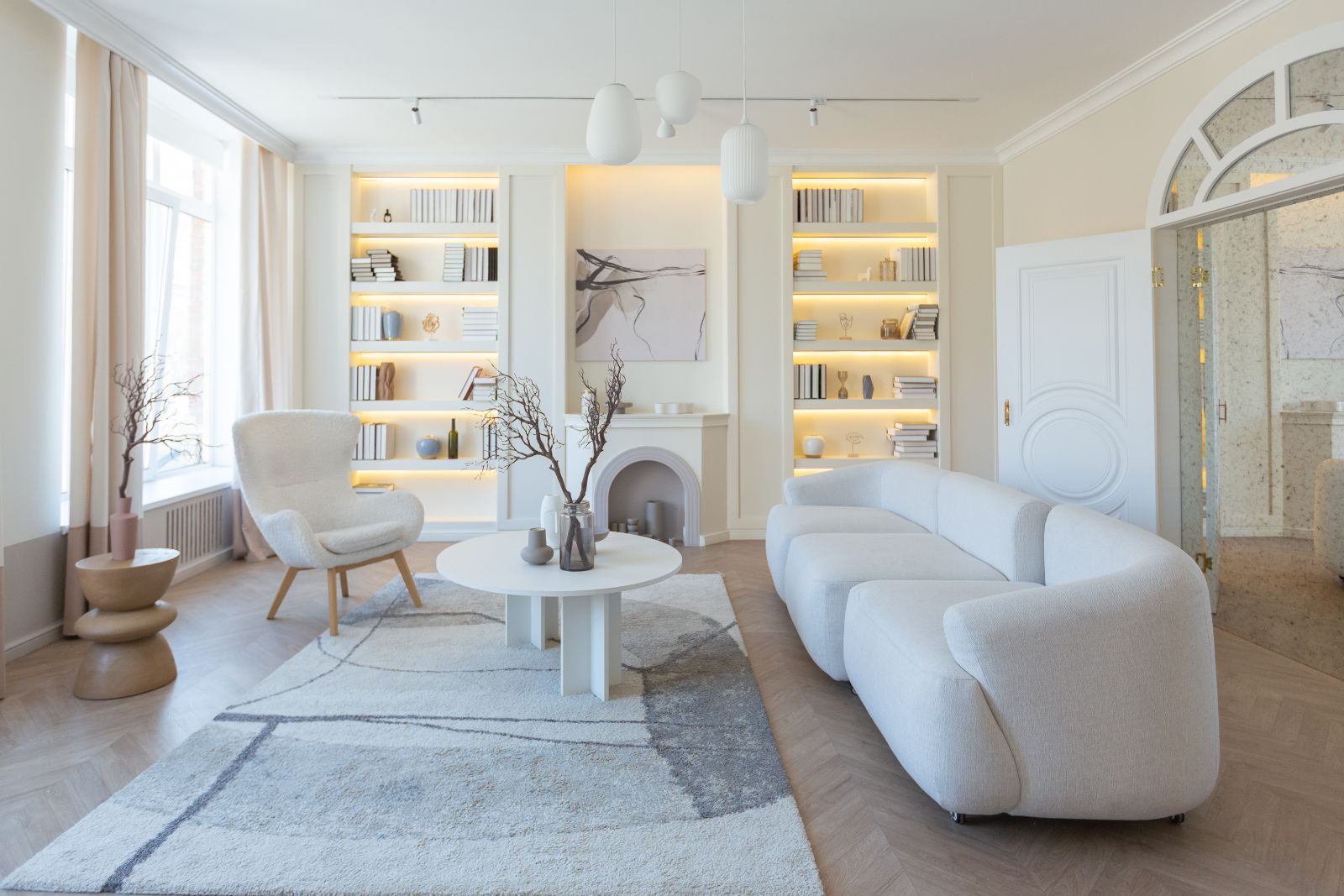
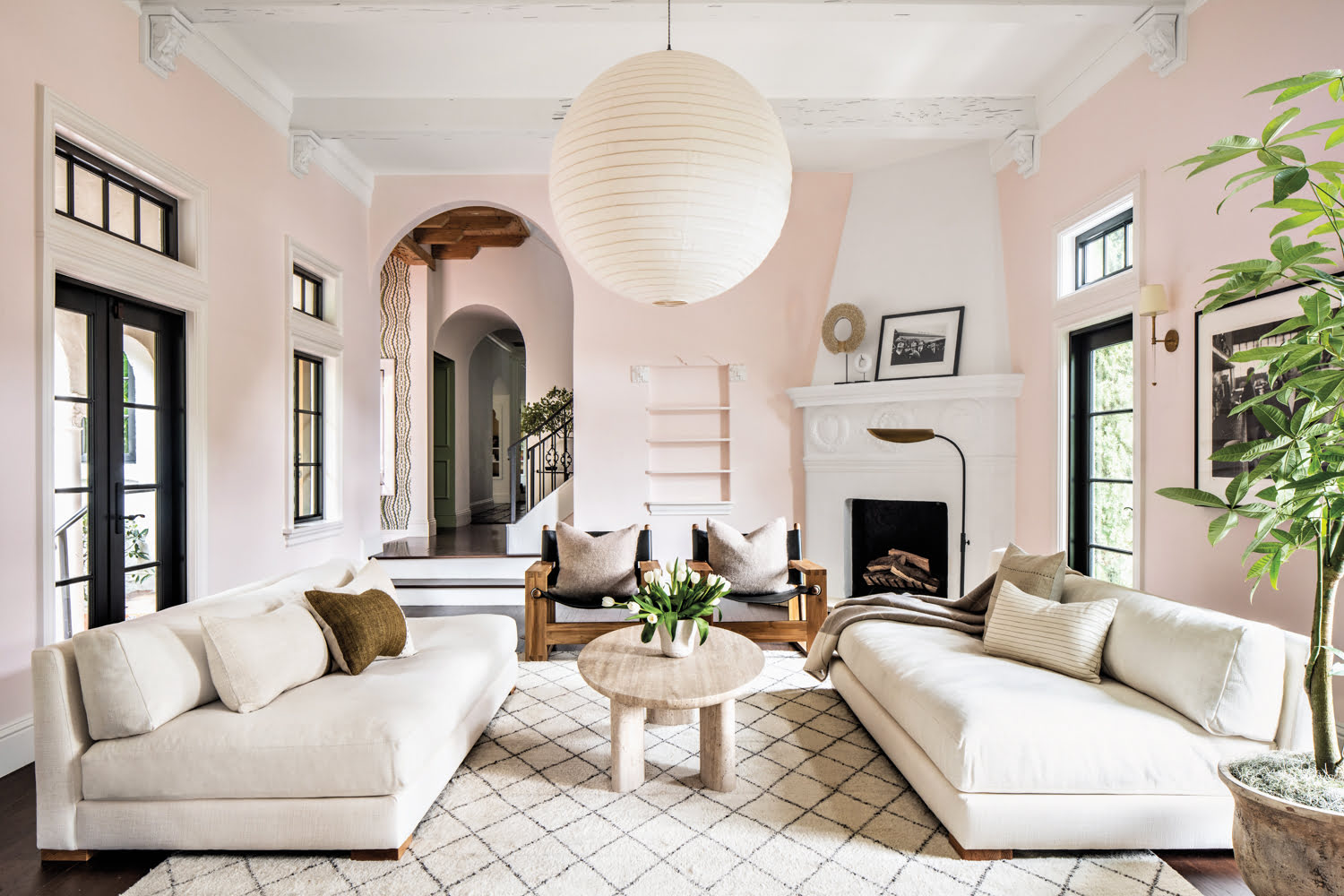
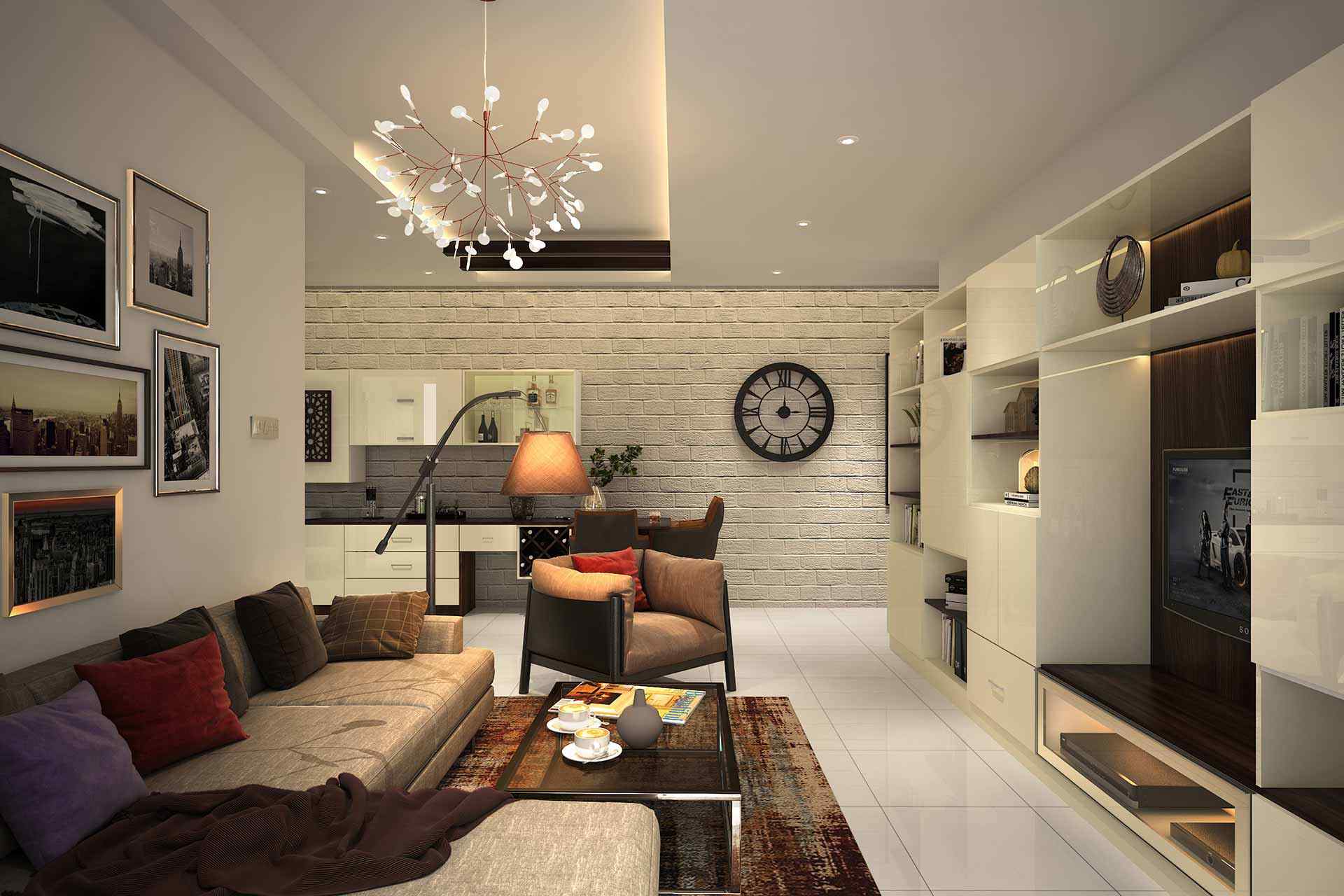
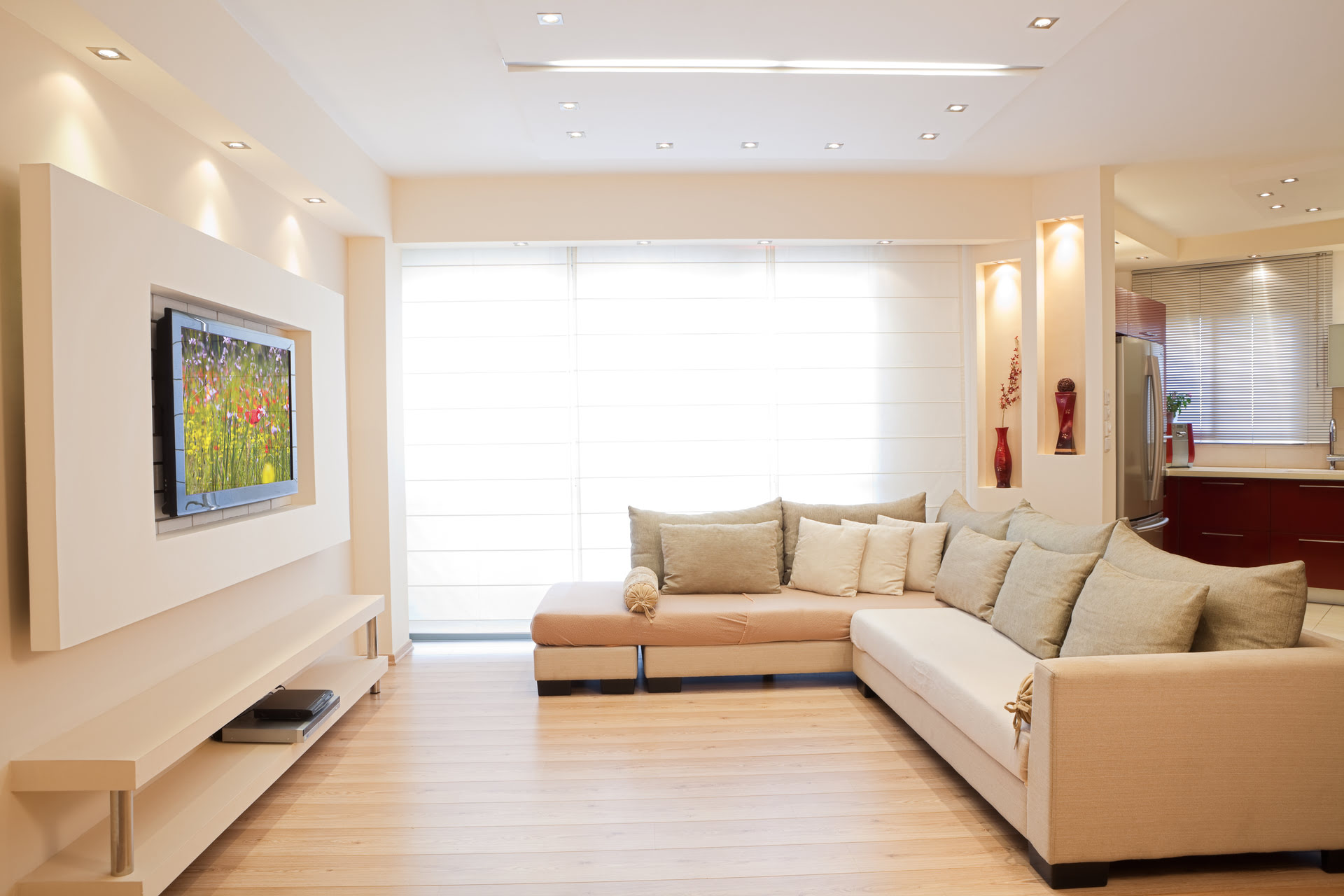
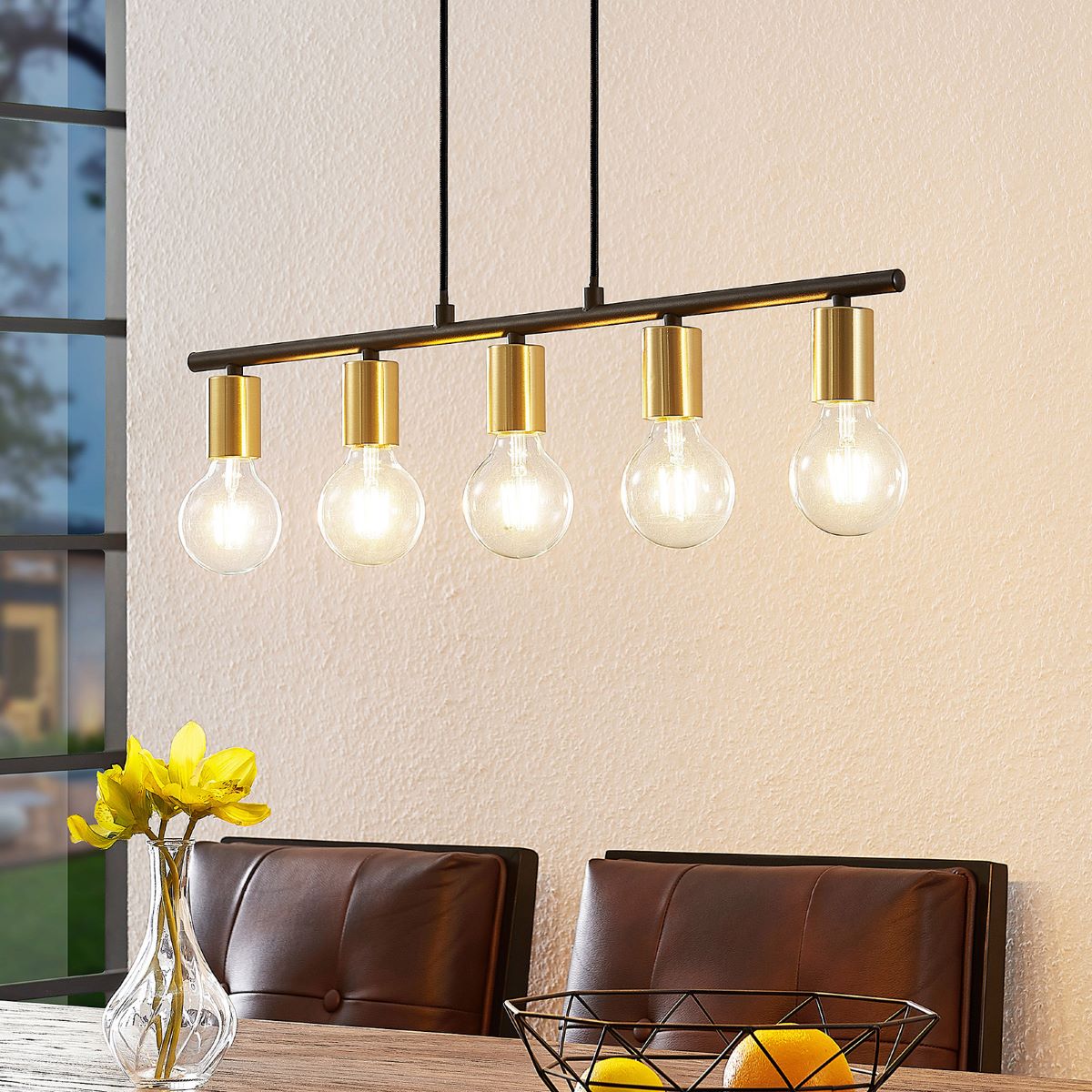
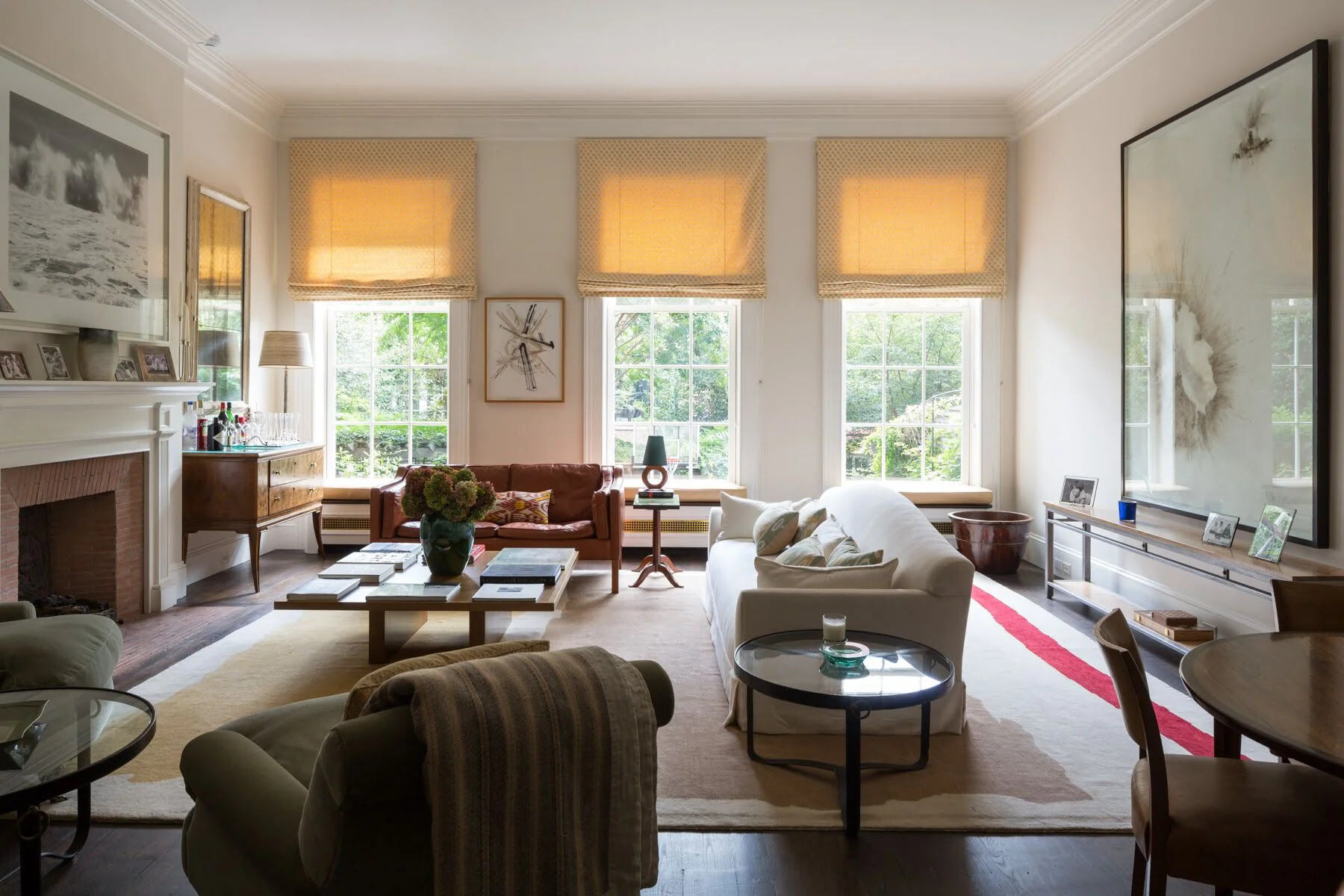
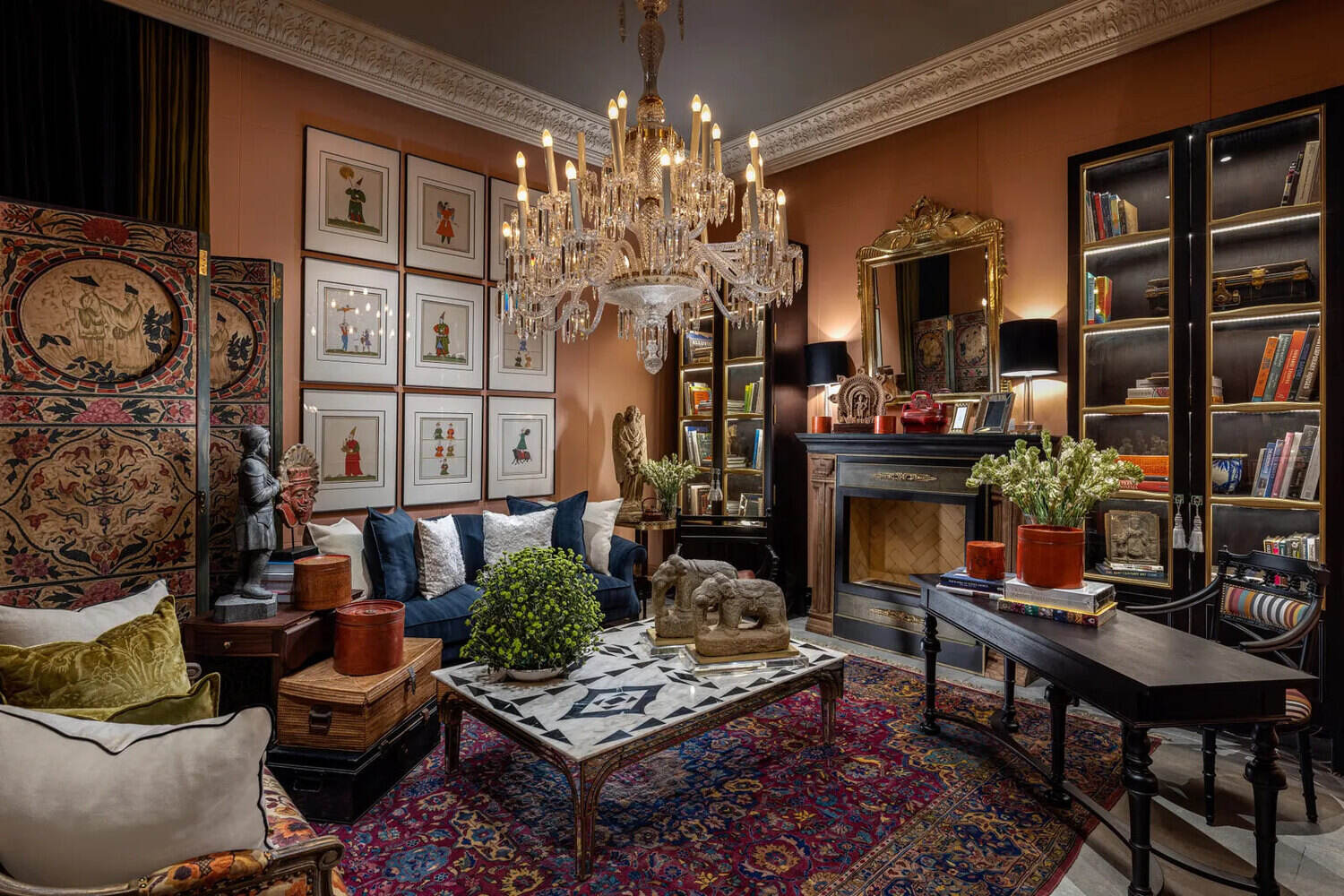

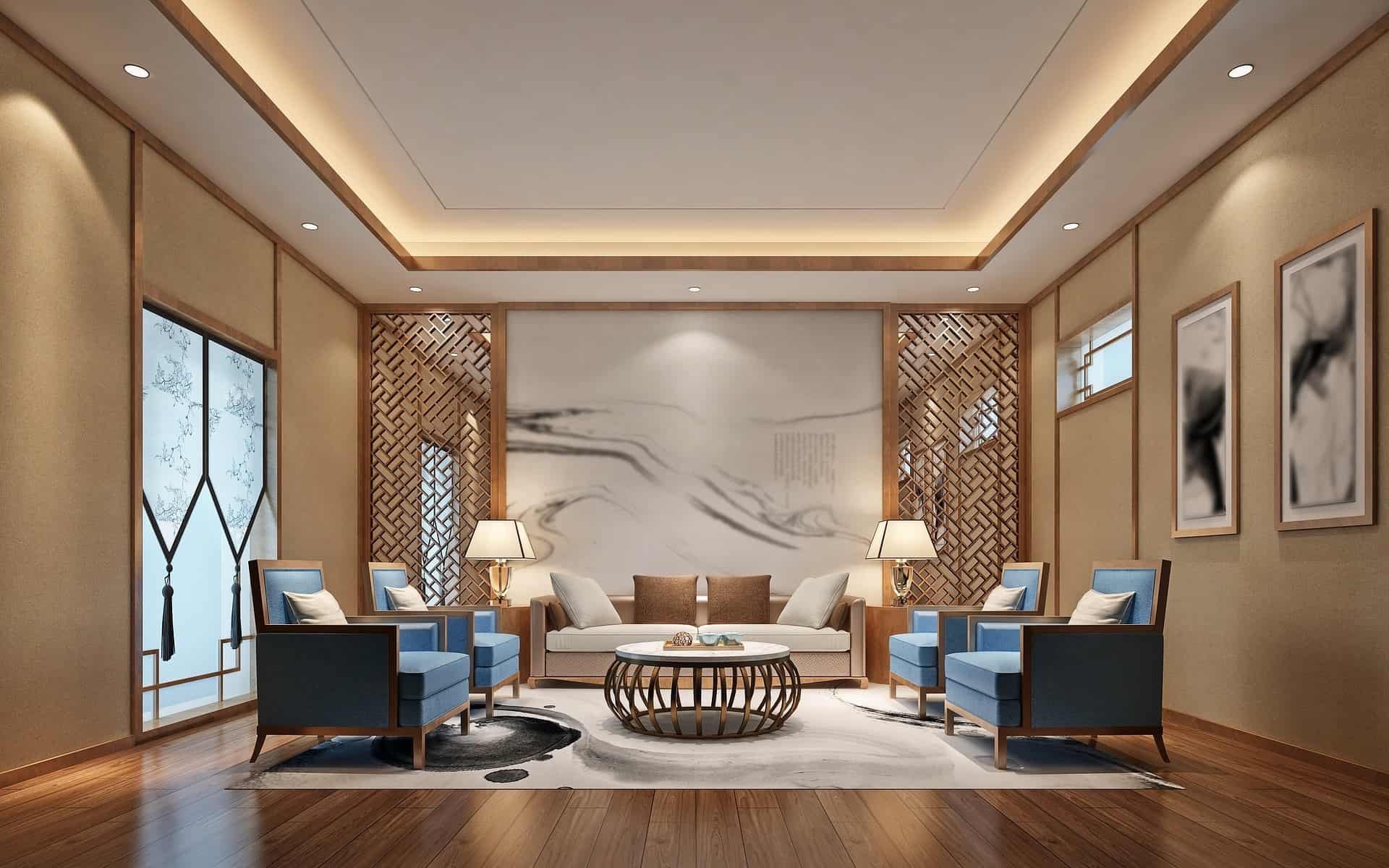
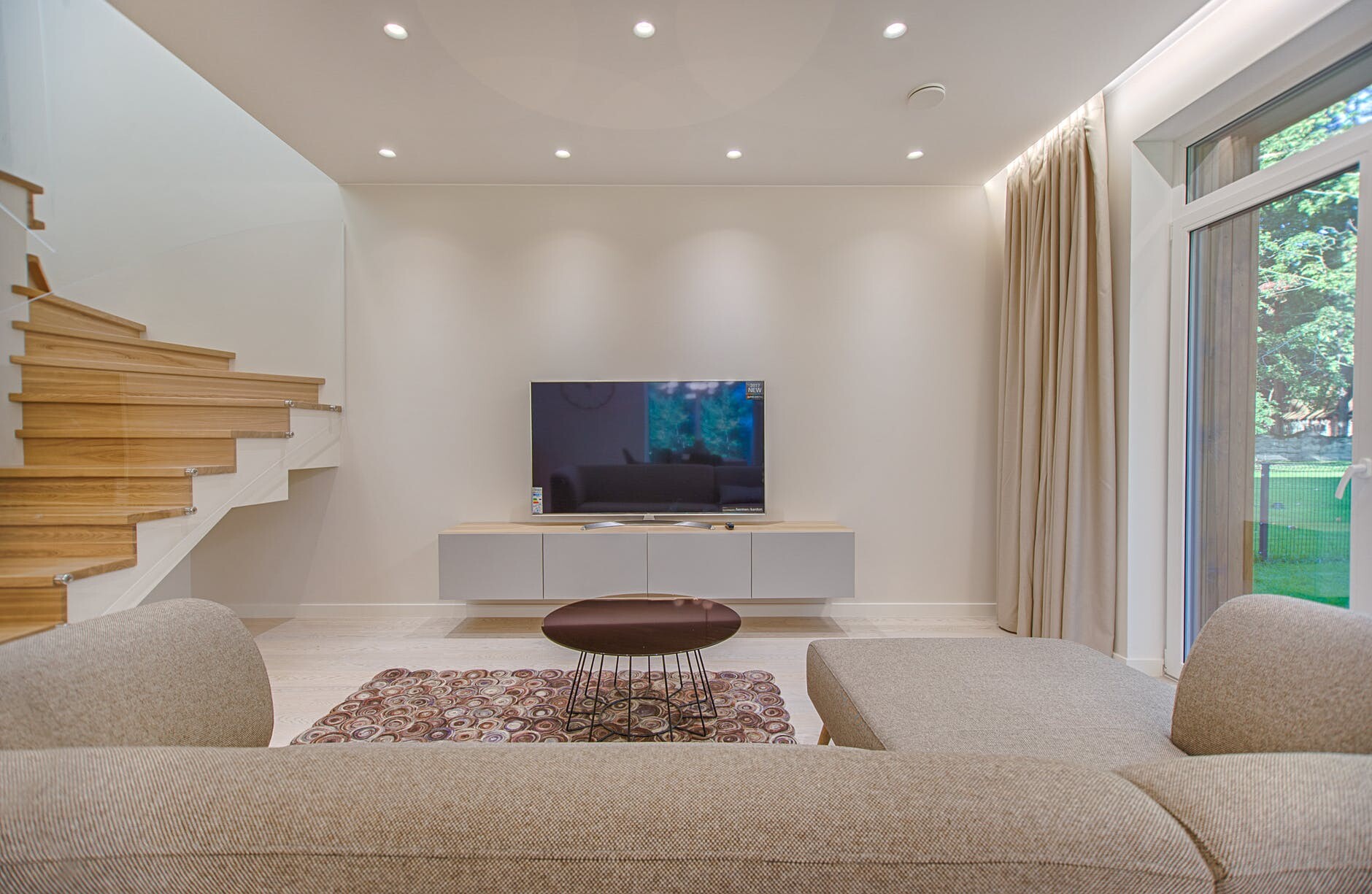
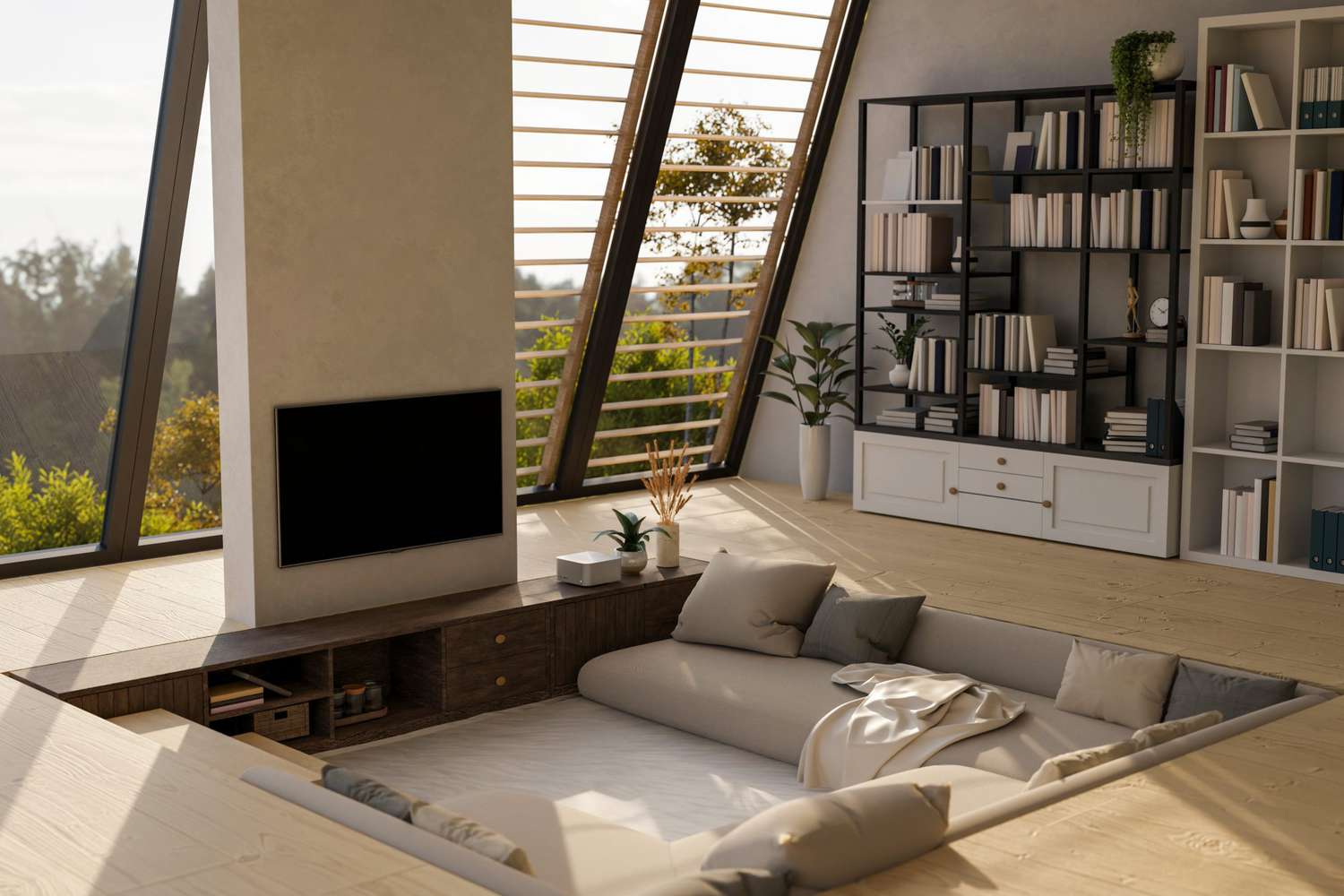
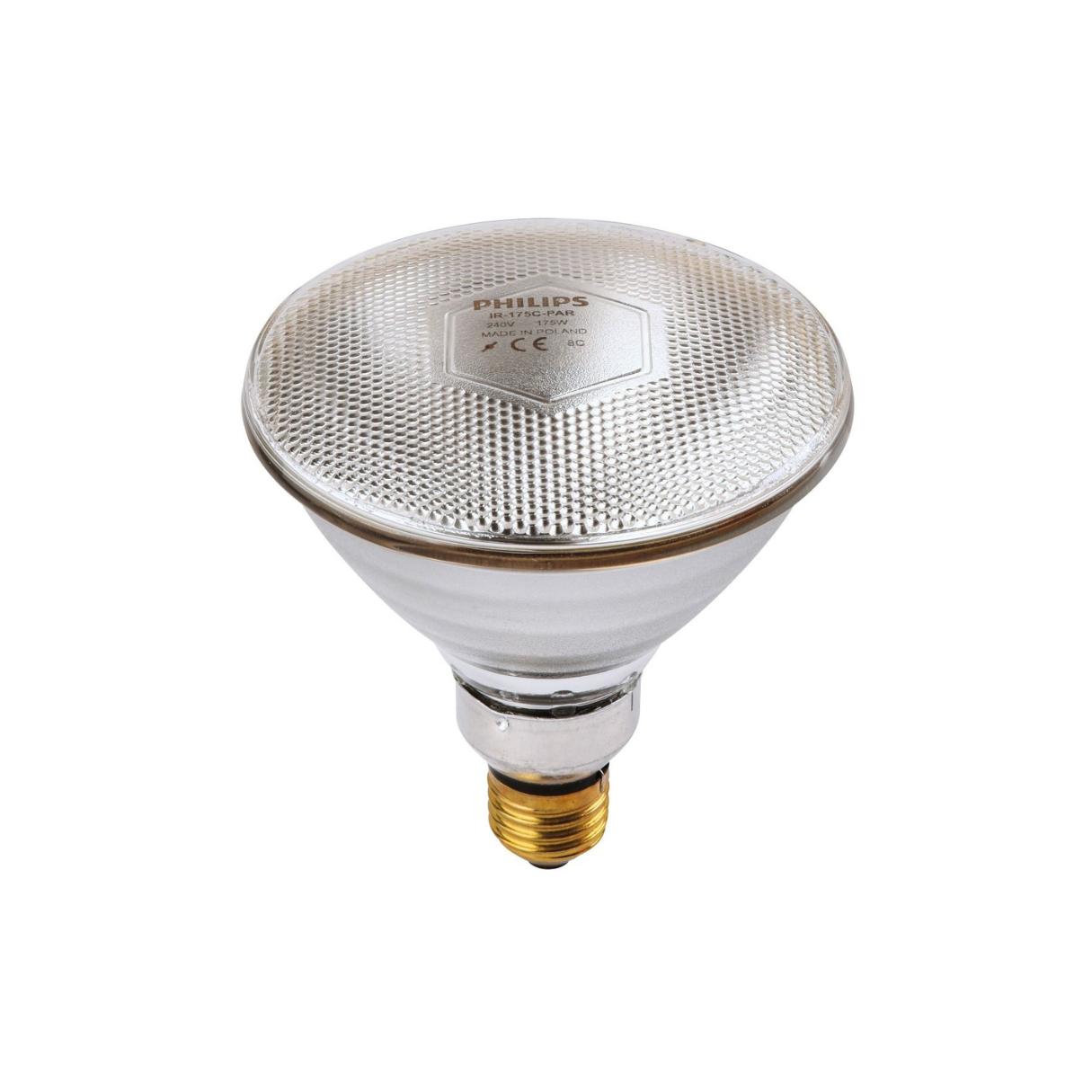
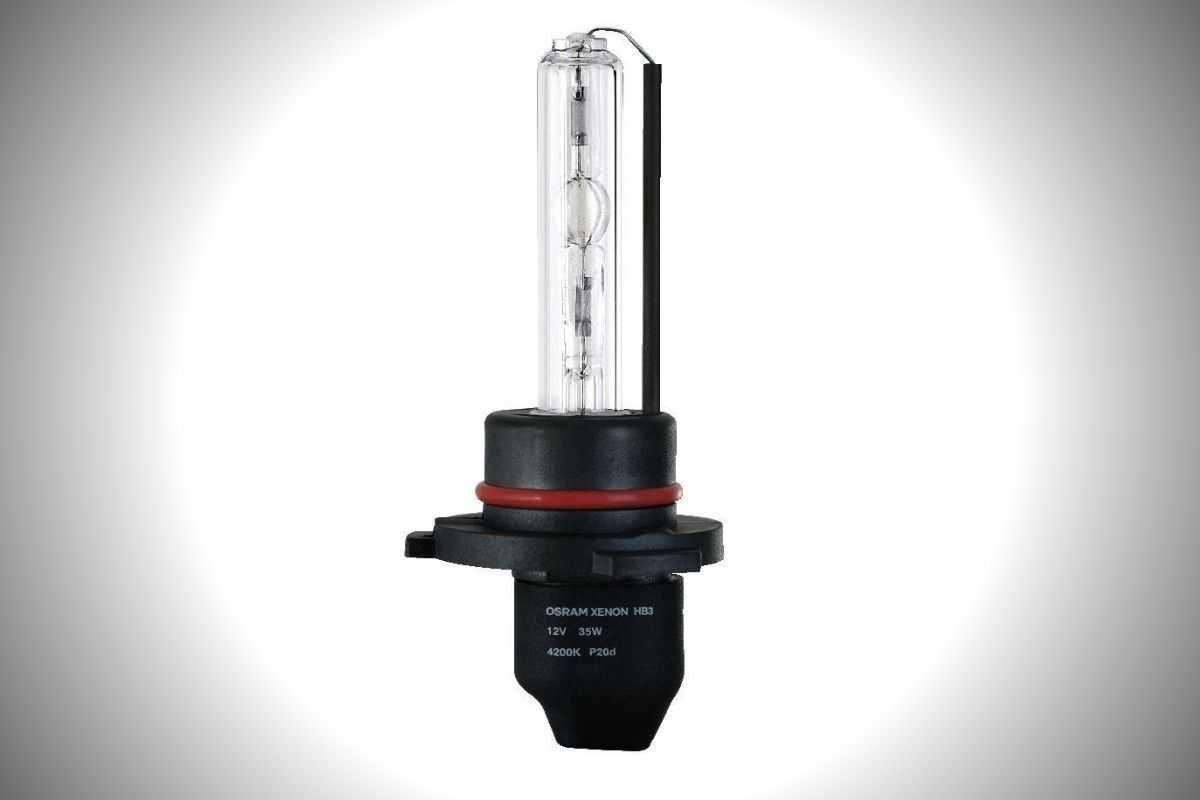

0 thoughts on “What Light Bulb For Living Room”